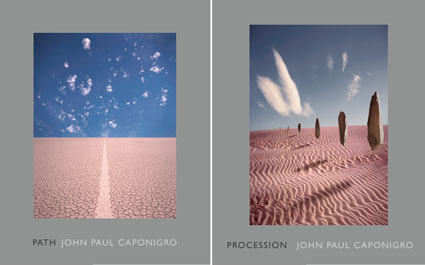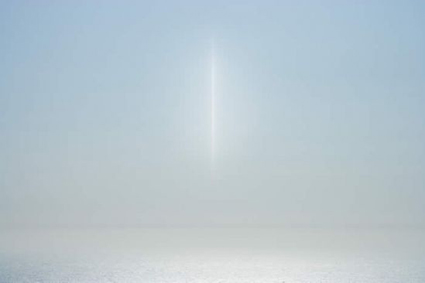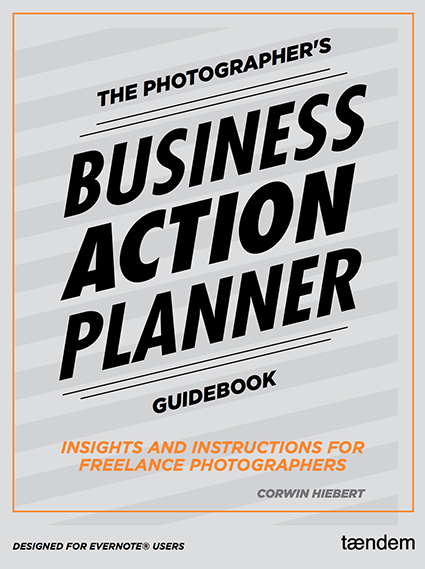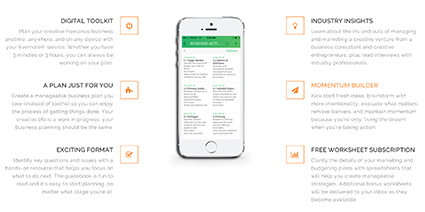
Plan for success.
I don’t make New Year’s resolutions. I make those kinds of commitments at any time of year, whenever it becomes clear they’re necessary. But I do make plans at the beginning of every year. I review my Mission, Goals, Projects, and Actions lists. While I do this at the beginning of the year, this isn’t the only time I do it. I also do this every time I find something significant has changed in my life. Doing this helps me clarify where I want to go, make sure I’m on the path to getting there, outline the steps necessary to get there, and set realistic timelines. Doing this consistently has helped me more than double my productivity, in a meaningful way. It has also helped me make tough decisions when I’m faced with too many choices. It’s not that I didn’t have a life’s calling before I wrote my mission. It’s just that I wasn’t clear about it. Now I am. As a result, I feel personally empowered. To find my mission took a lot soul-searching, a little time, and it’s still a work in progress.
Make your plan.
Whether you’re engaged in your creative life professionally or simply as a vehicle for personal growth (an important distinction to make), I recommend you make a creative plan. If you do this, you too will find both your productivity and fulfillment will increase, in a way that’s meaningful to you. Having defined what you need to accomplish, your unconscious will go to the work of fulfilling it, generating many ideas over time. You’ll find yourself ready to make the most of unexpected opportunities as they arise. Put this all in writing using your own words. Writing increases retention 72%. If you write something down, you’ll be 75% more likely to take action on it. Remember, while other people can help you discuss and refine your plan as it develops, no one can do it for you. For you to truly understand and benefit from it, you have to do it. More importantly, for it to be right for you, it has to be yours.
Break it down into clear manageable pieces.
Set a mission (why you’re doing it), goals (what outcomes you want), projects (the big things you do)(set goals for 1 year, 2 years, 3 years, 5 years, and end of life) and actions (the small steps you take to getting your projects done)(detail your 1 year next actions list) for your creative life. You’ll have one mission, several goals, many projects, and innumerable actions.
Many people use a metaphor of varying altitude to describe the relationship between these parts; the mission is cruising altitude where you see the big picture while the actions are on the runway where you see more specific details. Moving from why to how to what, the higher levels are inclusive of all the lower levels, while the lower levels point toward achieving the prime directive. The specific words you choose for the higher levels are often more important than the words you choose for the lower levels, so it’s likely you’ll revise them many times. As you drill down, the items get more concrete, specific, timely, and numerous. For this reason, many people find that the most difficult part of the plan to do is the simplest, least detailed, but most abstract portion – the mission. Some like to work bottom up, rather than top down, because they can sink their teeth into something more concrete. You can work it either or both ways – top down or bottom up.
However you get there, make sure that when you arrive that your mission really resonates within you and is something that you would consider an inner calling, not something generated out of today‘s particulars and practical realities. A mission should call you to a higher ground of your own choosing and activate new inner resources along the way. Many find that by aligning their efforts with something greater than themselves (i.e. service to others), they do better work and derive more satisfaction from it than they could have first imagined.
I review my past year’s progress before I set a new year’s projects and action lists. Over time, I’ve found I’ve become more realistic about how much to take on and how long it will take to get things done. (But don’t be afraid to dream big! Blue sky thinking is important for connecting with your deepest values.) I always find a few things on my list that have been postponed (and I ask why) and a few get dropped altogether – because I decided to prioritize even better opportunities along the way. I also find that things get added to my past year’s list that weren’t on it at the beginning of that year. It’s important to be open to new opportunities along the way. For that reason, I recommend you review your lists periodically, especially when new major projects are considered. You’ll find this process gets easier every time you do it. The first time you do it is always the hardest; it requires a lot of soul searching and some setting up; once you find your answers and you set up your system it’s much easier to do the next time. A plan is a work in progress. The best plans are be flexible and evolve over time as you grow your vision with new information and perspectives.
The plans you make are there to further your progress. But if you don’t make plans, life just happens and you may not make the time for the things that matter to you most. Make that time.
What plans will you make for your creative life?
Start now!
Read more in my free PDF ebook Make Plans.
Learn more about creative planning and goal setting here.
Learn more in my creativity and digital photography workshops.
David Allen does an excellent job of describing this process in his books Getting Things Done and Making It All Work. I highly recommend them. They changed the way I live my life. And they’ve helped me be even more effective and fulfilled. But don’t wait to read his books to get started! Just get started!






